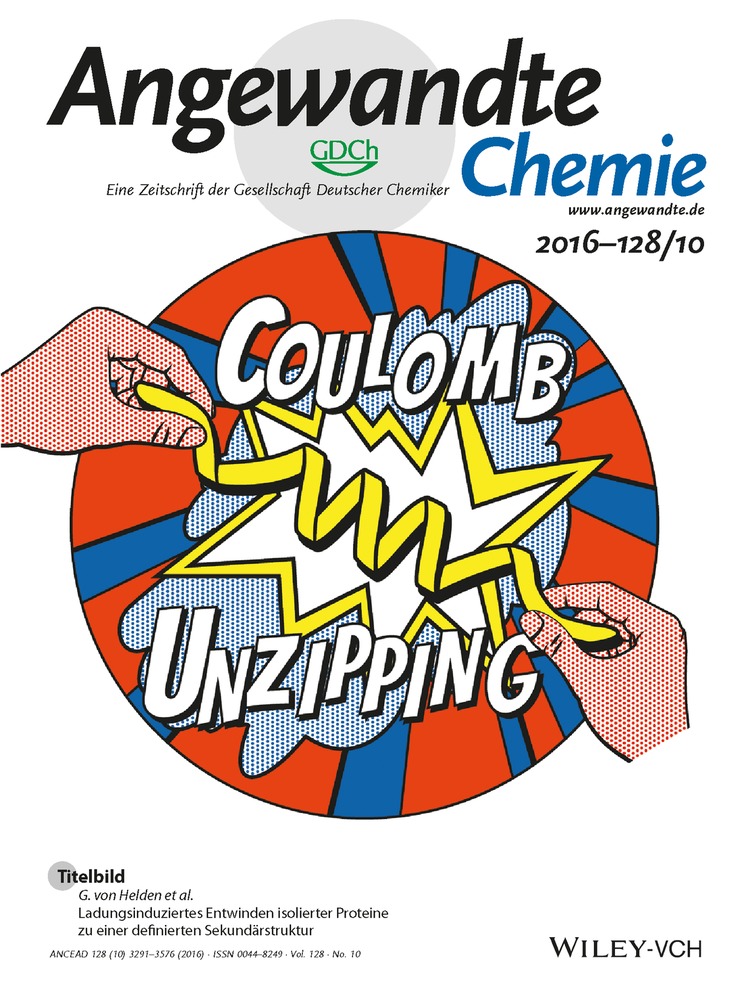Electronic Characterization of Reaction Intermediates: The Fluorenylium, Phenalenylium, and Benz[f]indenylium Cations and Their Radicals
Abstract
Three vibrationally resolved absorption systems commencing at 538, 518, and 392 nm were detected in a 6 K neon matrix after mass-selected deposition of C13H9+ ions (m/z=165) produced from fluorene in a hot-cathode discharge ion source. The benz[f]indenylium (BfI+: 538 nm), fluorenylium (FL9+: 518 nm), and phenalenylium (PHL+: 392 nm) cations are the absorbing molecules. Two electronic systems corresponding to neutral species are apparent at 490 and 546 nm after irradiation of the matrix with λ<260 nm photons and were assigned to the FL9 and BfI radicals, respectively. The strongest peak at 518 nm is the origin of the 2 1B2←X̃ 1A1 absorption of FL9+, and the 490 nm band is the 2 2A2←X̃ 2B1 origin of FL9. The electronic systems commencing at 538 nm and 546 nm were assigned to the 1 1A1←X̃ 1A1 and 1 2A2←X̃ 2A2 transitions of BfI+ and BfI. The 392 nm band is the 1 1E′←X̃ 1A1′ transition of PHL+. The electronic spectra of C13H9+/C13H9 were assigned on the basis of the vertical excitation energies calculated with SAC-CI and MS-CASPT2 methods.




